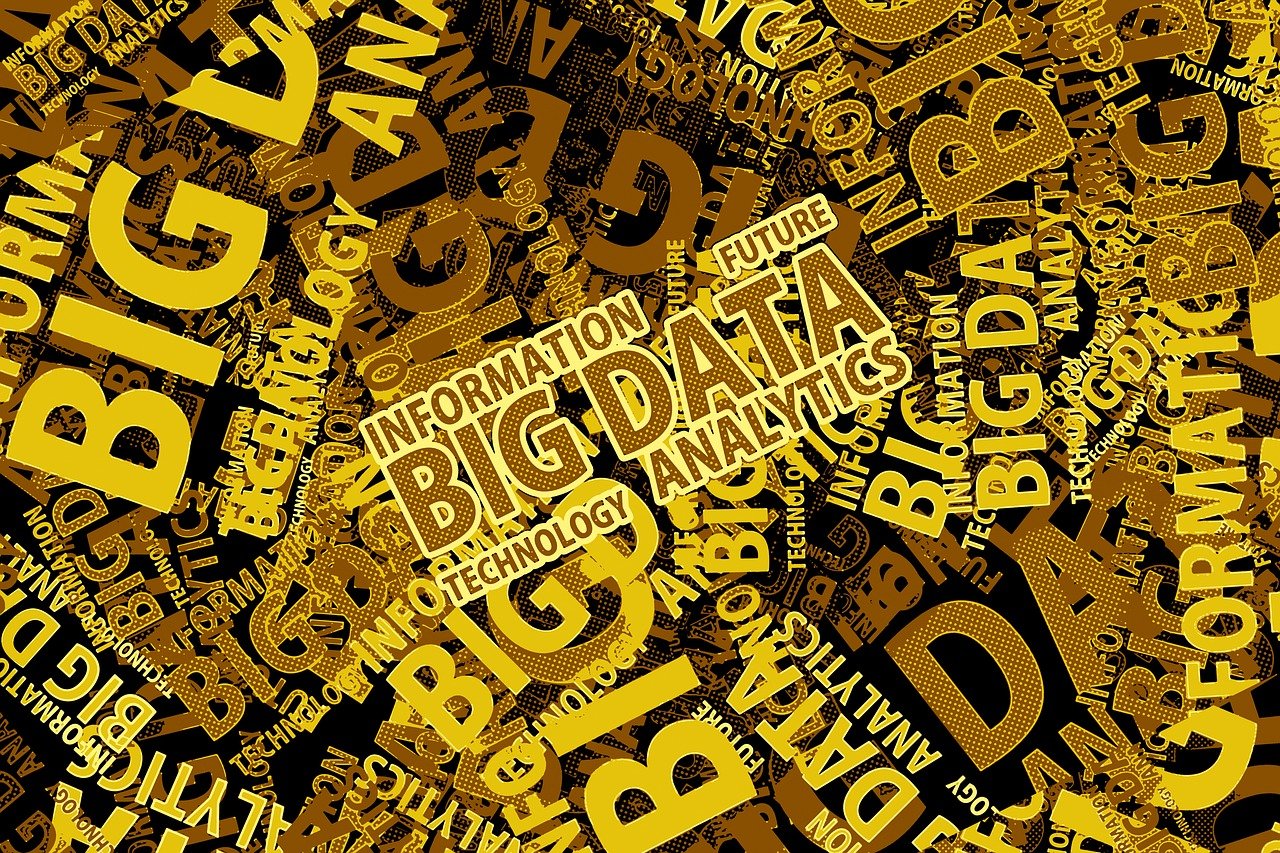Data Mining: Making Sense of Big Data
Every day, we create huge amounts of data through our phones, computers, and online activities. But what happens to all of this information? This is where data mining comes in. Data mining is the process of looking through large sets of data to find useful patterns, connections, and trends that can help people and businesses make better decisions.
How Data Mining Works
1. Collecting Data
Data can come from many places—company databases, social media platforms, or even sensors in devices.
2. Cleaning and Preparing
Raw data usually contains errors or missing pieces. Before analysis, it needs to be cleaned up so it’s reliable.
3. Finding Patterns
This is the exciting part. Using different techniques like grouping similar items (clustering), predicting outcomes (classification), or spotting unusual behavior (anomaly detection), data experts can uncover insights that aren’t obvious at first glance.
4. Checking the Results
Not every pattern is useful. The results need to be reviewed to make sure they make sense and can be applied in real life.
Where Data Mining Is Used
- Healthcare: Doctors and researchers use it to predict disease risks and improve treatments.
- Finance: Banks rely on it to catch fraud and understand risks.
- Marketing: Companies study customer behavior to design better ads and offers.
- Retail: Stores analyze buying habits to keep the right products in stock and suggest items customers may like.
Looking Ahead
As the amount of data in the world continues to grow, data mining will become even more important. Businesses and organizations that can turn raw information into useful knowledge will have a big advantage.
Data mining is not just about technology—it’s about making sense of the information around us. From improving healthcare to making shopping more personalized, it plays a role in everyday life. And as tools like artificial intelligence get better, the possibilities for data mining will only keep expanding.

Leave a Reply